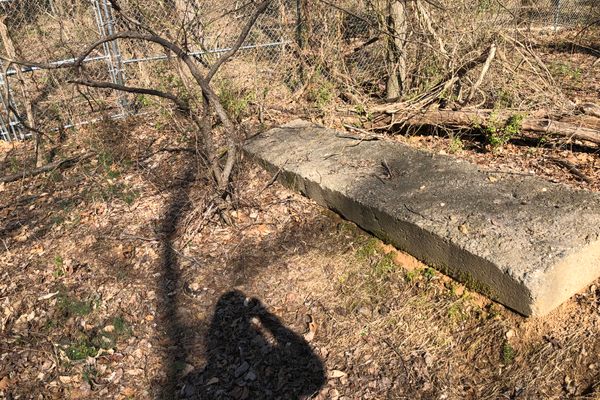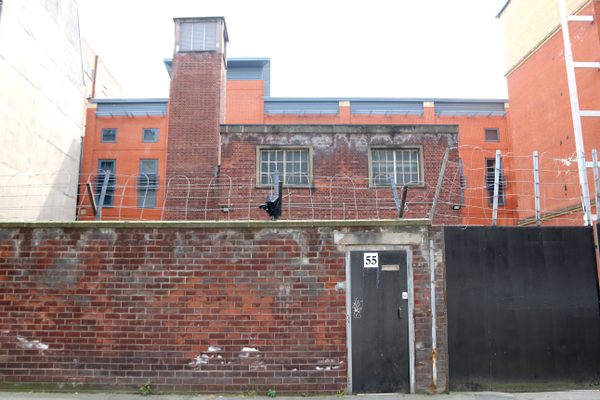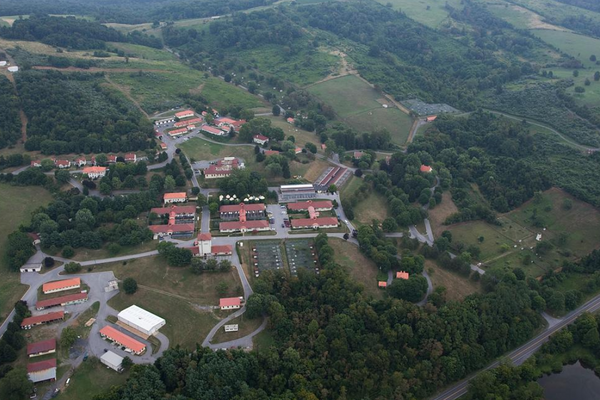About
In the event of a nuclear attack on Washington, D.C., Cold War-era continuity of government plans called for the Supreme Court to decamp for the mountains of North Carolina. Out at the luxurious Grove Park Inn, the court was to reestablish "normal court proceedings" and issue rulings on the myriad constitutional questions sure to follow. That was the plan, anyway.
The story behind the high court’s secret arrangement with Grove Park reflects many of the quirks of the people and organizations involved. The isolation may seem unusual, but the reality is that each branch of government (and several departments) set up independent and redundant continuity of government facilities for the sole use of their employees. Such is the culture in Washington, where tribalism reins supreme. Congress built the Greenbrier bunker, White House civilians took Mount Weather, the military excavated Raven Rock, and so on.
In mid-1955, the Supreme Court set about identifying its own relocation facility and sent clerk Harold Willey to hunt for a spot. Willey surveyed several properties in North Carolina and reported back that “Because all large cities are considered to be prospective enemy targets, a hotel in a secluded small city, wherein approximately one hundred people could both live and work, with spaces available for a court room and clerical offices, seems a most appropriate facility for the Court.” Making the case for the 141-room Grove Park Inn, Willey added that "A golf course adjoins the Inn and the new owners … plan to build a swimming pool."
A brief contract was inked on April 3, 1956, outlining how after a nuclear attack the Court would relocate to the property and take control of the entire thing. (The contract was discovered by the CONELRAD blog in 2013 and is online here.)
The four-page contract was about as far as things went. The Supreme Court sent over microfilm payroll records every year, but never stockpiled survival equipment or built up a law library (which would have been crucial for a functional court). Unlike at the Congressional Greenbrier Bunker, security upgrades were never made at Grove Park.
The Court’s indifference to doomsday planning stemmed from Chief Justice Earl Warren, who didn’t share his contemporaries' bunker mania. Warren harbored no illusions about his prospects for survival in a nuclear attack and viewed continuity of government as a joke. Throughout the Cold War, Supreme Court Justices regularly skipped the drills evacuating federal employees from Washington. They also never actually visited the Grove Park Inn as a group.
During the Cuban Missile Crisis, the Kennedy Administration beseeched Warren to consider sheltering at the nuclear bunker in Mount Weather. The request went nowhere, with the Chief Justice complaining that “I don’t see the passes for Mrs. Warren.” He stated plainly that in the event of an attack, “I’m not going to relocate, I’m going to stay with my family.”
Half a century has passed since the four-page contract was penned with the Grove Park Inn, and the Cold War history sleuths at CONELRAD dug up Grove Park’s copy in a hotel filing cabinet in 2013. Lacking a sunset clause, it remains legally binding to this day. Let's hope it will never be invoked.
Update July 2018: The location is now an Omni hotel resort location, complete with an interesting underground spa facility with numerous pools, one of which plays music when your head is submerged underwater.
Related Tags
Know Before You Go
Please note that the Supreme Court shelter facility is not accessible to the public.
Community Contributors
Added By
Published
May 22, 2017













































